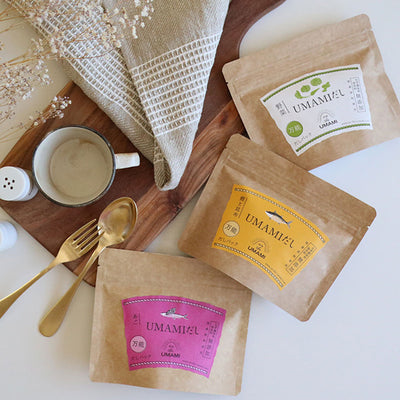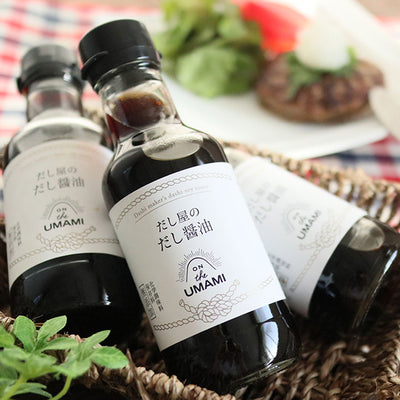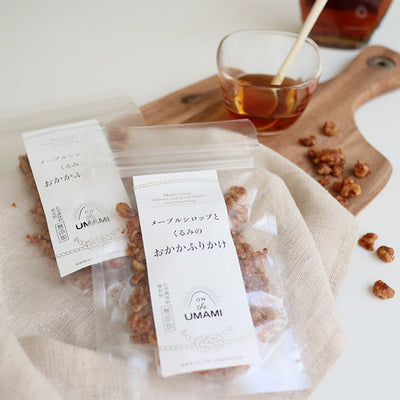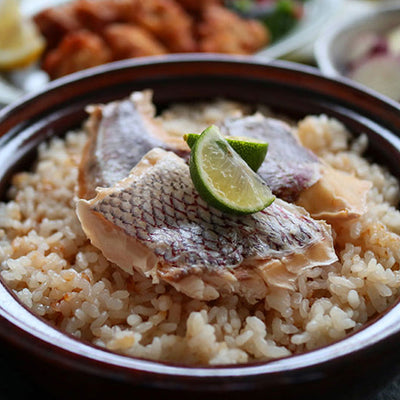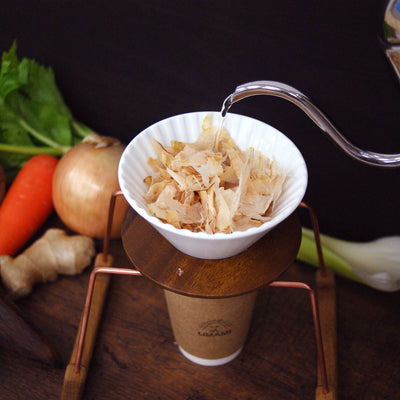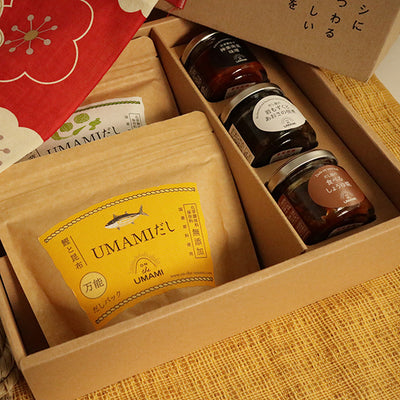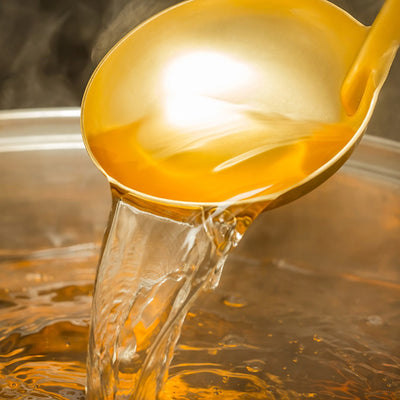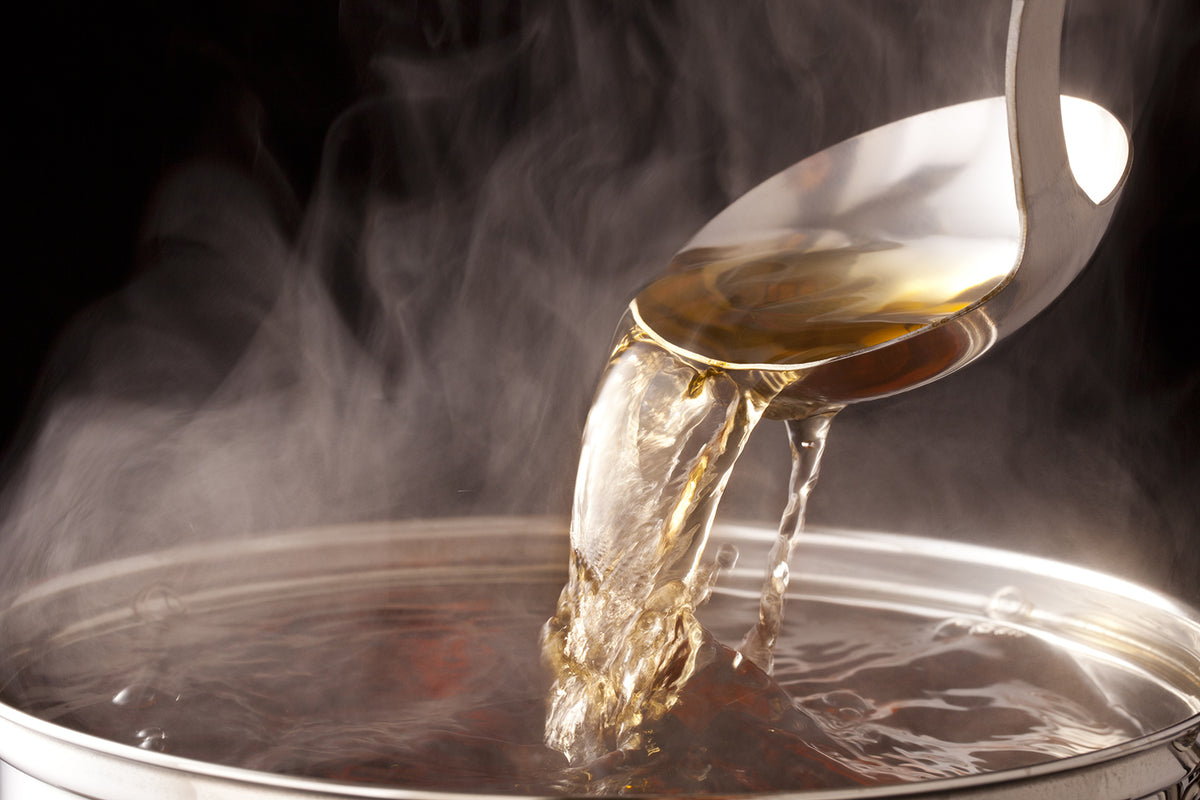
Delivering the Authentic Taste of Japan to the World
True flavor can only be achieved through a deep pursuit of an ingredient’s essential quality.
While "dashi" is often regarded as a timeless foundation of Japanese cuisine, its taste can vary depending on the ingredients and the season—no two batches are ever exactly the same.
At ON THE UMAMI, we ensure consistent and high-quality flavor by combining the intuition and skills of seasoned craftsmen with scientific analysis and data on umami components.
By continuously evaluating ingredient content and the balance of components, we are able to refine and deliver the unique Japanese taste—UMAMI—born from our commitment to the essence of quality.
Through ON THE UMAMI, we bring you not only the true essence of umami, but also the joy of discovering and choosing quality.

Analyzing UMAMI Through the Six Dimensions of Taste
What kind of flavor is perceived? What dishes does it best complement?
To offer a deeper and more refined tasting experience, we scientifically analyze and quantify the characteristics of dashi—moving beyond subjective impressions to make its flavor profile visible and understandable.
- Richness
- Sharpness
- Aftertaste
- Sweetness
- Depth
- Sour flavor

Discovering Dashi – The Essence of Japanese Flavor
Drawing Out the Best in Each Ingredient to Enhance Its Natural Flavor.
Japanese dashi is made by carefully selecting and processing ingredients such as bonito and kelp, and gently simmering them to extract UMAMI—the essence of savory taste.
The extracted UMAMI doesn’t just add flavor; it draws out the hidden potential of the other ingredients in the dish, combining and deepening the overall flavor in a delicate and harmonious way.
Dashi is a remarkably refined form of seasoning. When properly extracted, even lightly seasoned dishes can become rich and full of flavor thanks to its deep UMAMI content.
Unlike Western or Chinese cooking, where flavors are often layered through long boiling, Japanese dashi takes a fundamentally different approach: it draws out flavor rather than piling it on.
This method reflects the Japanese pursuit of discovering the essential quality of each ingredient—pure, delicate, and free from MSG or preservatives.
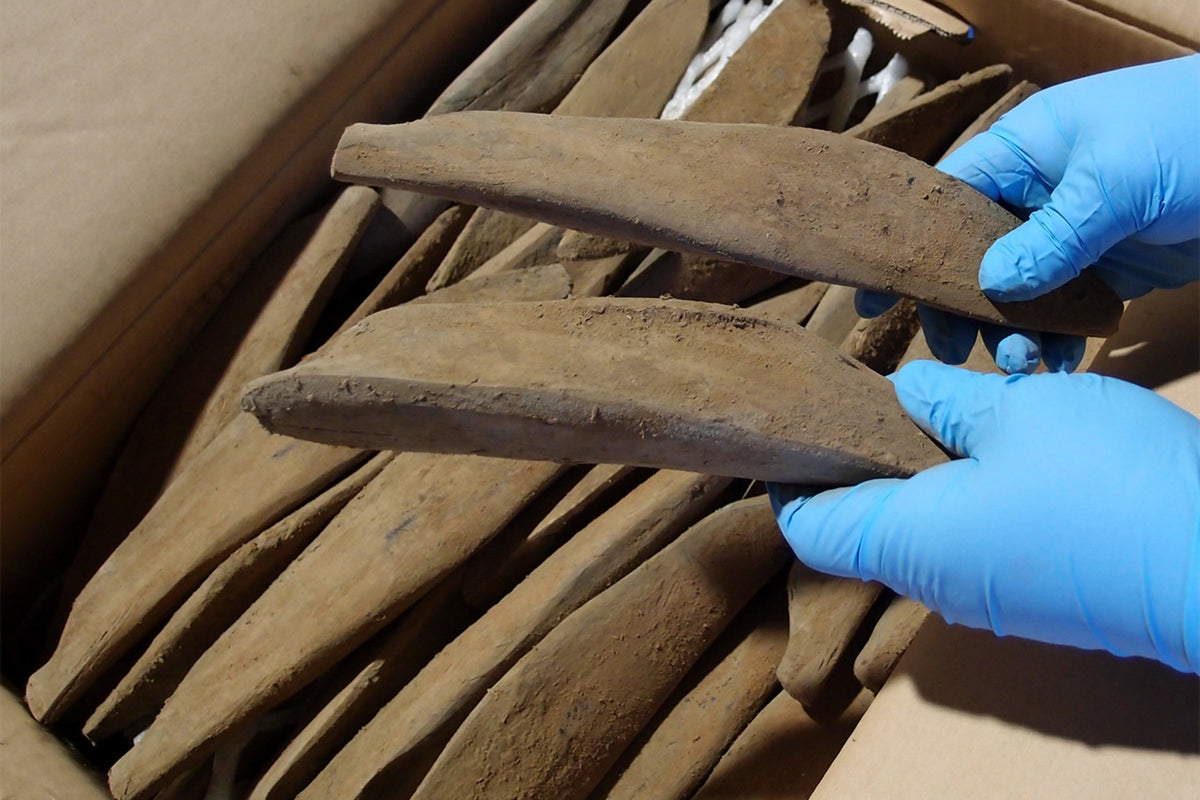
The Long History of Dashi Culture
The origin of dashi can be traced back to the Nara Period (710–794 CE)
Japan’s oldest historical record, the Kojiki, makes reference to “katsuo-irori,” a broth made from bonito that was likely an early form of dashi and used as a seasoning.
In the Momoyama Period (1573–1600 CE), the production of Tosa-bushi began, and during the Edo Period (1603–1868), records show that the Tosa Domain (in present-day Kochi Prefecture) offered 1,000 dried bonitos as tribute to Tokugawa Ieyasu, the founder of the Tokugawa Shogunate.
In the mid-Edo period, Niboshi (dried sardines) emerged, and the culture of dashi spread widely throughout Japan.
Today, dried ingredients for dashi are generally categorized into four types: bonito, tuna, a blend of mackerel and horse mackerel, and dried sardines.
Dashi culture remains deeply rooted in regional culinary traditions across Japan.
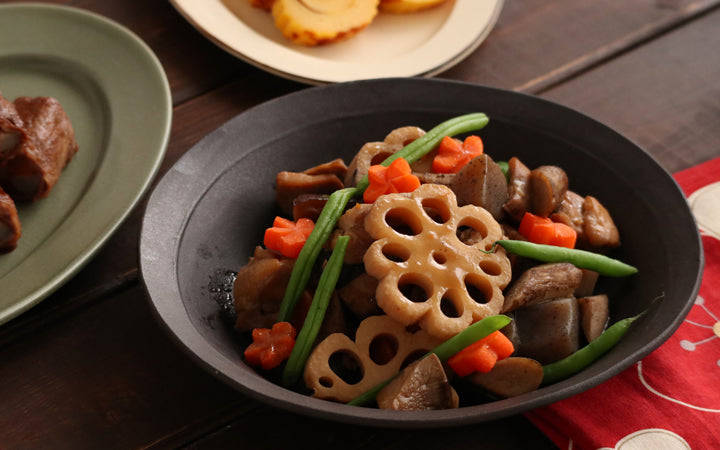
Dining Becomes More Enjoyable When You Understand Dashi
While it’s widely known that Western and Eastern Japan use different types of dashi, that’s just the beginning.
IIn the northern regions of Hokkaido and Tohoku, dashi is typically made from fish such as bonito, mackerel, or sardines.
As you move closer to the Hokuriku region in the northwest of Honshu, sardine-based dashi becomes more common.
In the eastern region, dried bonito is the most popular, while in the southern Kyushu cities of Fukuoka and Nagasaki, flying fish—known as ago—is the preferred ingredient for making dashi.
Dashi reflects the climate and culinary history of each region.
Dining becomes more enjoyable when you understand the type of dashi that complements the local food culture and dishes.
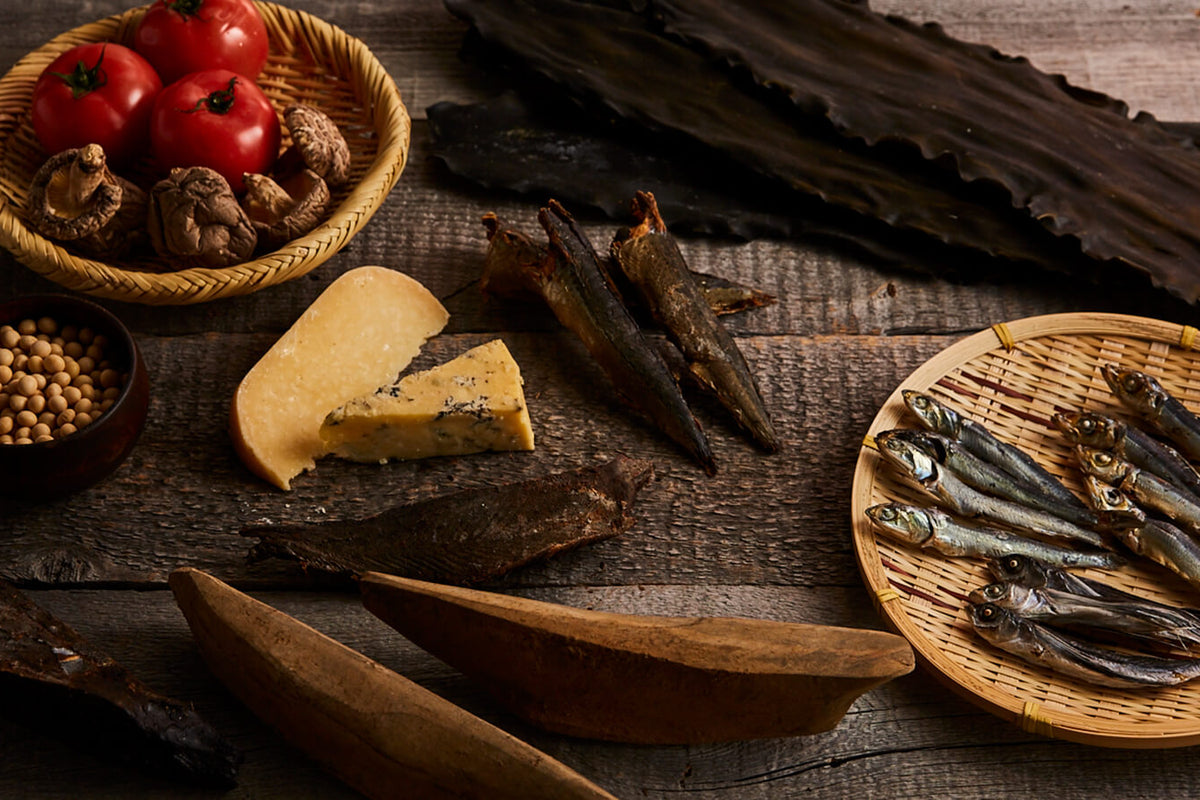
Getting to Know the Products
To enjoy dashi is to appreciate the essential quality of ingredients.
By preserving traditional methods of extracting natural aroma, flavor, and quality, these dashi packs are carefully crafted and convenient for home use.
Five types of dashi—bonito and kelp, small dried sardines, flying fish (ago), and aged dried bonito—are sourced from the finest regions in Japan. These are blended with umami drawn from kelp and shiitake mushrooms to create authentic flavors that reflect the diverse dashi culture rooted in Japan’s various regions.
Choosing different dishes for each type of dashi lets you enjoy new culinary experiences—like traveling through flavors across the country.
The awareness and appreciation of culture and ingredients gained through this experience will enrich your everyday life.


